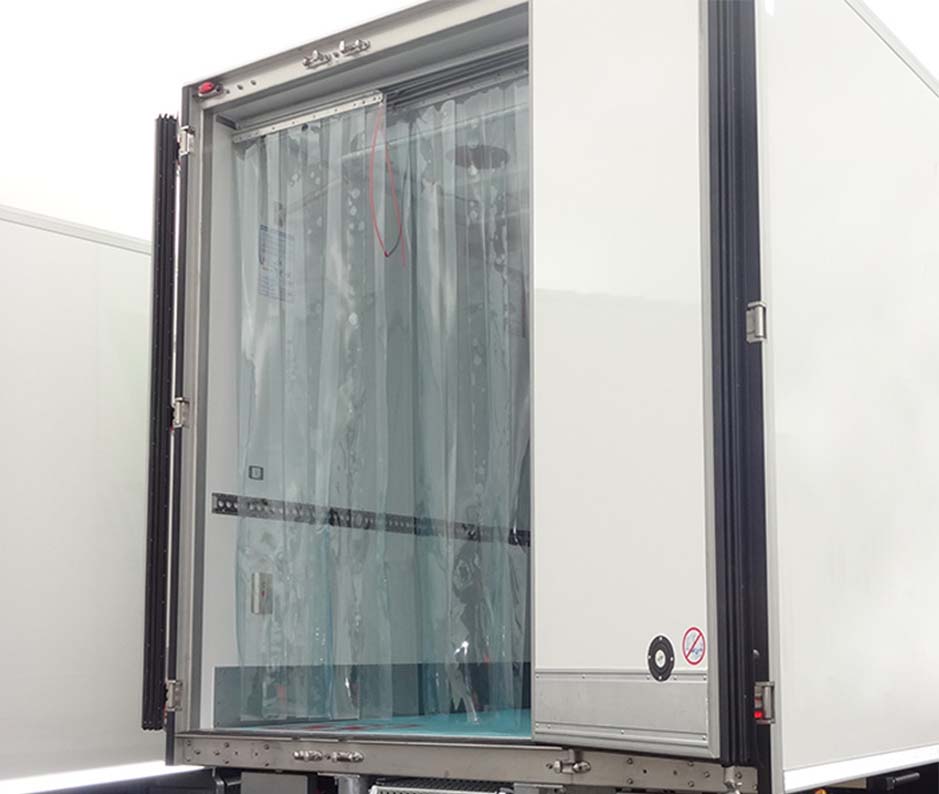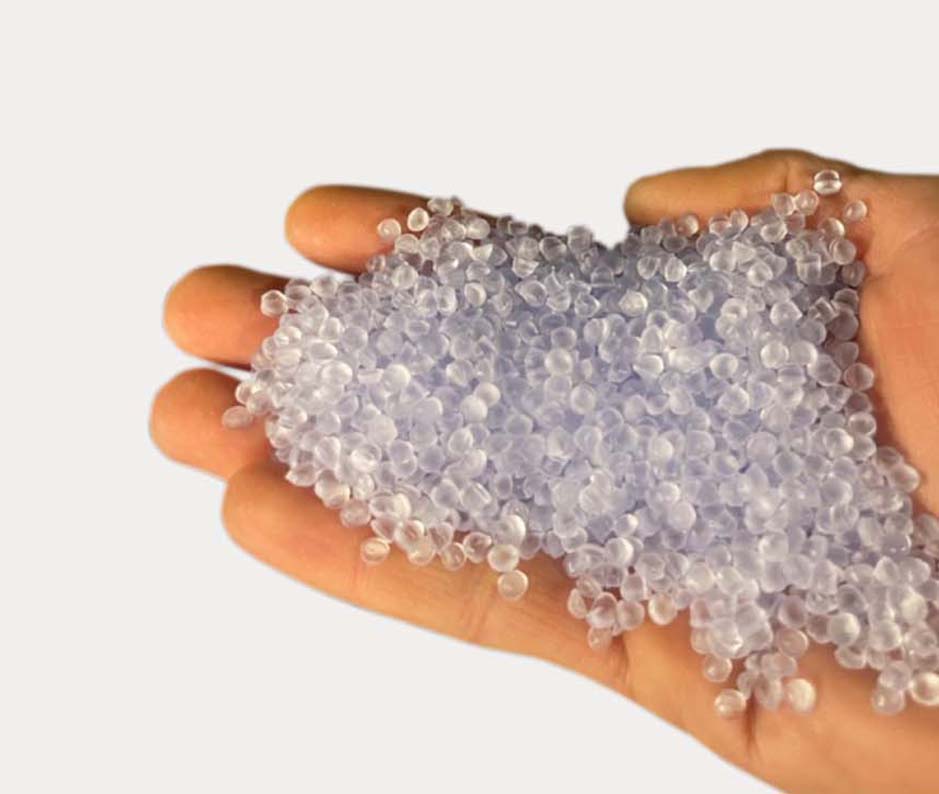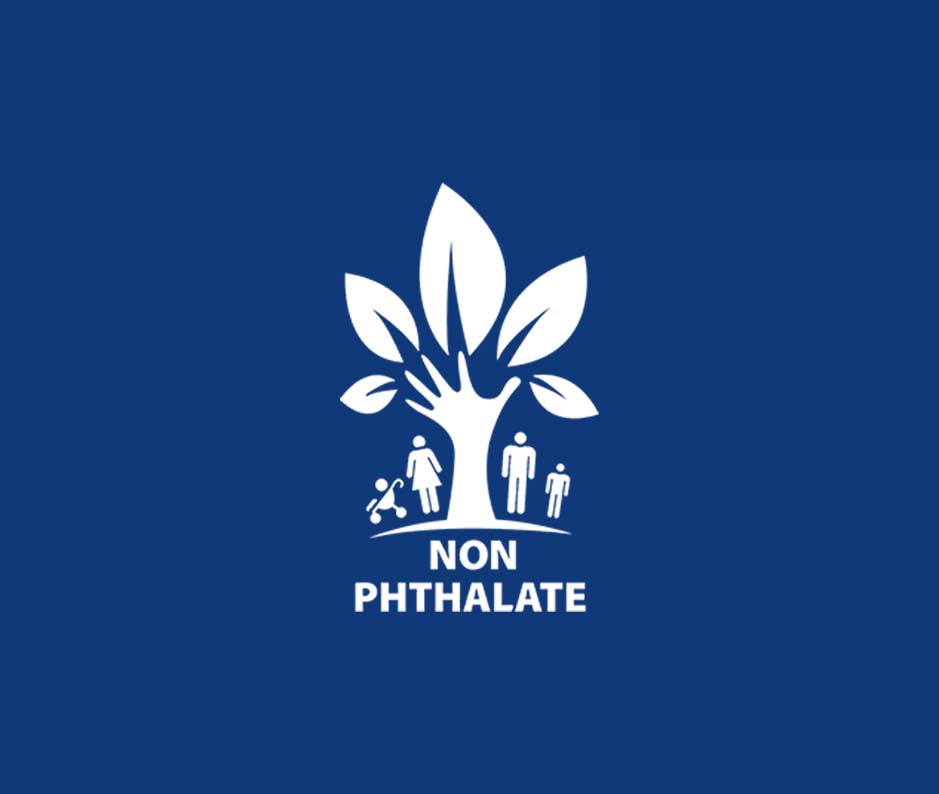Home >Top 4 PVC Myths People Still Think Are True! >Top 4 PVC Myths People Still Think Are True!
Top 4 PVC Myths People Still Think Are True!
There are many myths and legends in the PVC world. These myths are often brought up by our customers and are generally legitimate concerns that people have when purchasing PVC products. We want to finally put these myths to bed. Here are the 4 most common myths that people still believe about PVC:

Myth #1: PVC Cannot Handle Cold Temperatures
Can flexible PVC withstand cold temperatures? This is quite a common myth within the flexible PVC world. Often customers will ask whether or not our PVC will crack or break in colder temperatures or will fold or roll up when the temperatures drop. Flexible PVC is also often used in cold rooms or freezer doorways in order to keep the cold temperatures in and therefore saving energy for the business. It makes sense that people may be worried that these cold temperatures might affect the PVC.
We have a cold temperature range
Clearway offers Polar grade PVC strips, that are designed and manufactured to withstand colder temperatures. Therefore, if you need PVC strip curtains in a cold region or just for your freezers or cold rooms, then we highly recommend that you use our polar PVC strips. Our Polar Grade PVC will withstand temperatures of -25°c. We also offer a Super Polar range which will withstand temperatures up to a staggering -60°c! Both of these versions won’t break, crack or become brittle if they are within their recommended temperature ranges. Just look for our icon on our cold temperature products if you are interested in our polar range.

Myth #2: PVC Cannot Be Recycled
Is flexible PVC recyclable? This is another Common Myth about flexible PVC. This myth probably comes from the accepted fact that all plastic is terrible for the environment and that we need to do more to reduce our plastic waste. People often also think that most plastics aren’t able to be recycled. Although we do have a huge amount of pollution thanks to plastic, flexible PVC is one of the greener types of plastic on the market. Thankfully PVC is great because it can be recycled and reused many times and is 100% recyclable.
So How Can It Be Recycled?
There is no waste involved when recycling flexible PVC. This is done by reducing the PVC to granules and then remanufacturing it into clear PVC again, thus giving one product, many life cycles. due to the technology of compound found within the PVC thus giving 1 product many life cycles.
There are 2 processes that Clearway use:
- Mechanical recycling. This involves a mechanically treatment of the wastes. The PVC is grinded in small particles and cleaned. The particles can be then re-melted and re-moulded with or without fresh material to redo the same products or a new one.
- Chemical recycling. Several chemical processes such as pyrolysis or hydrolysis are used to convert the waste into reusable components. The resulting products as sodium chloride, calcium chloride, hydrocarbon products can be used to produce new PVC or as feed for other manufacturing processes or fuel.
PVC is 100% recyclable. When recycled, it is drastically reducing the carbon footprint compared the production with fresh material. It allows to save energy and avoid extracting more carbon from the ground. Clearway recycles all its PVC waste. When it cannot be directly reused with us, the wastes are grinded and sold to recycling companies who use it to manufacture pipes or electric cables.
Clearway also offers its customers to recover their production scraps. We are inviting you to contact us to participate in this program

Myth #3: PVC Plasticisers Pose A Health Risk And Are Made Up Of Toxic Substances
Is flexible PVC dangerous to my health? Okay so this one has some truth to it but its down to the ethics of the manufacturer. Just to make this clear from the beginning Clearway do not use any toxic or harmful plasticisers within the production of our PVC. We make sure that our PVC is Phthalate free, ensuring that is free of cancer causing ingredients that some of our competitors still secretly use.
The reason why I say there is some truth to this myth is due to the unfortunate fact that some manufacturers still use toxic chemicals to produce their PVC cheaply. Sure they are saving money during the manufacturing process, but what is the actual cost of this choice? At Clearway, we’ve made the conscious choice to put our client’s health first. This may mean our PVC is slightly more expensive than our competitors, but you can’t really put a price on having a safer product.
So, the myth is that plasticisers can pose a serious health risk, but what it really comes down to is misinformation and lack of understanding because it really depends on the manufacturer. Not all ALL plasticisers pose heath risks. It’s just the PVC from companies that use dangerous chemicals in the manufacturing process that are dangerous. This is why we highly recommend making sure, that when you are searching for products to buy, that you double check that they are safe and meet all the required health and safety standards.

Myth #4: PVC Is Highly Flammable
Is PVC highly flammable? This myth is less prevalent these days but it may be worth mentioning. PVC is actually naturally fire retardant and will smoulder or melt before actually igniting. Like most materials however, it can reach a temperature where it can ignite. This is roughly around 400°c. Even around this temperature, the PVC needs a lot of energy to continue burning.
Here at Clearway we offer a fire retardant range that increases the ignition temperature even more, allowing the PVC to self-extinguish and therefore requiring a hotter temperature to start burning. This can prevent fires in work areas where PVC is required while having the possibility of being exposed to flames or hot temperatures.
We also offer a range specifically designed for welding called ScreenFlex. ScreenFlex was designed to be able to withstand high temperatures and also blocks the dangerous UV light from passing through the PVC that is created when welding. Therefore we have two options of fire-resistant PVC on offer, over and above our standard range.